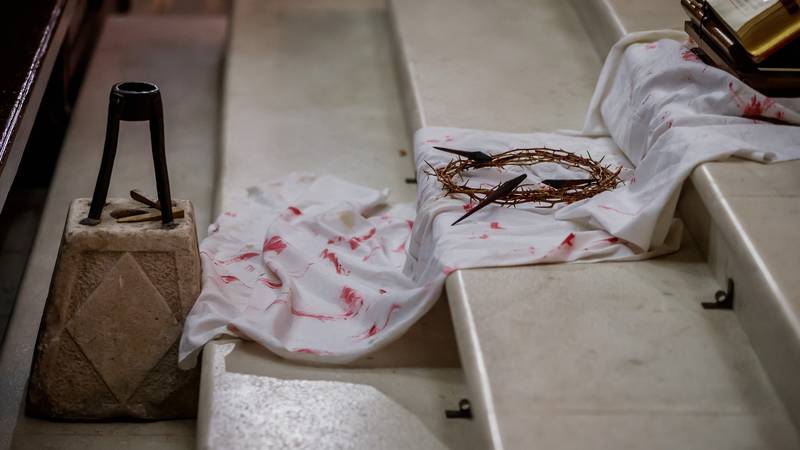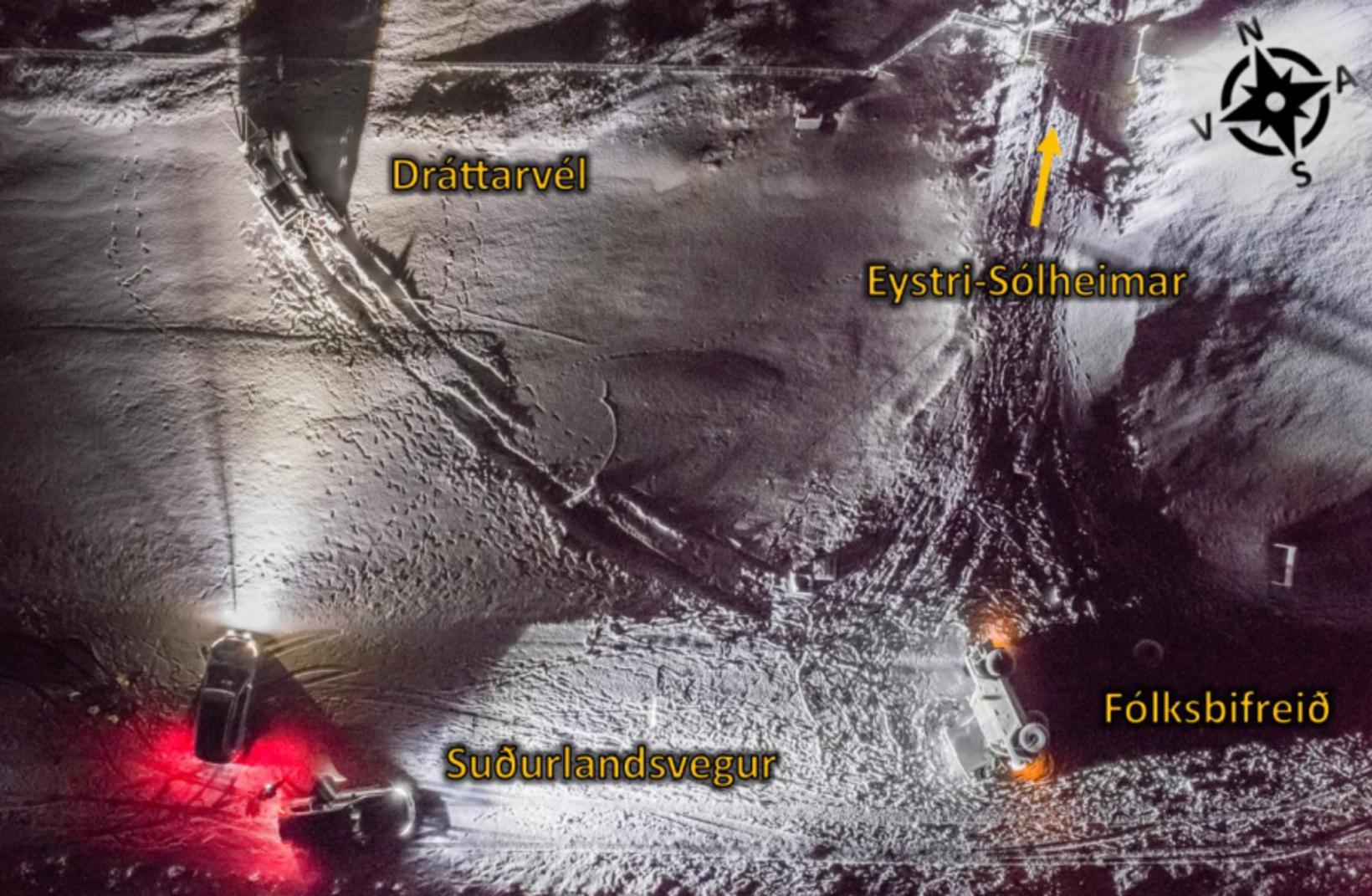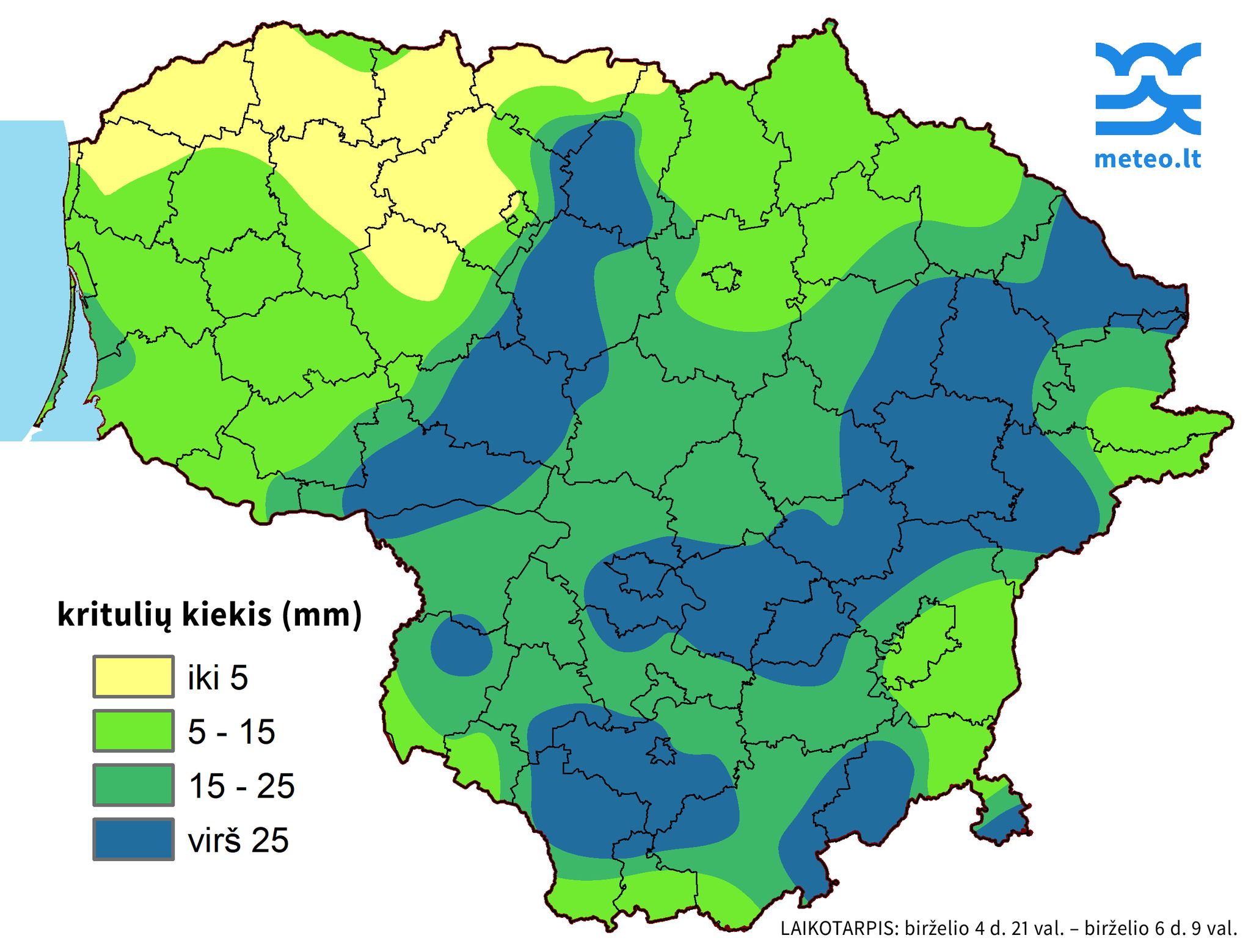Today is Holy Thursday: Do you know exactly what is marking?

On Holy Thursday, Christ left the commandment of brotherly love to the disciples.
In every diocesan community, in the morning, on Holy Thursday, the Mass of Dedication of Oil celebrates, on which the bishop and priests who are part of the diocesan clergy renew promise from ordination. Also blessed are the oils to celebrate the sacraments: catechumen oil, the oil for the sick anointing and the holy crisis.
In the evening, at the Mass of the Lord’s Supper, an emphasis was placed on the sign of brotherly love, and at that mass the priest washed the feet of the believers.
In the days of St. Three West, that is, Thursday to Saturday, did not regularly do hard work in the field. In those days, the church bells do not ring, and in southern Croatia it is the custom that the bells are tied to Holy Thursday.
Good Friday – the memorial of Christ’s torment
Good Friday is the only day of the year when the Catholic Church does not celebrate mass, but there are rites.
It is the day of the mention of the Passion of Christ, the crucifixion and death, so the liturgy does not anticipate the celebration of the Holy Mass. But the Christian community gathers to reflect on the great mystery of evil that presses humanity, so that in the light of the word of God and the impressive liturgy to mention Christ’s suffering.
In order to express the love and shareholding of believers with Christ’s suffering, the Christian tradition has encouraged various forms of folk piety, processions and holy play that want to imprint the feelings of true participation in Christ’s sacrifice as deep as possible into the believer.
Among these devotions is especially emphasized by the Cross Road, which is enriched with a variety of spiritual and artistic expressions that depend on the sensibility of different cultures.
All Catholic believers have a fast -ranking on Good Friday from 18 to 60, which means that a person is eaten to situ once and twice another time, and for over 14 years of age he is obliged to be unable to eat meat.
On Good Friday, fish are usually eaten, especially in coastal regions, and in northern Croatian beans, dried fruits, compotes, cheese strudel and dough with nuts and poppy seeds. In earlier periods, people also drank a glass of red wine as a memory of the spilled blood of Christ.
One of the Croatian customs is the so -called. Cudius, the guardians of the grave of Christ in the South Croatian areas. The craving is made up of 12 guards led by the so -called commander. Judas as a thirteenth member. They are usually dressed in uniforms of Roman soldiers. The stinging begins on Holy Thursday when they go out to the altar, where the guards alternating at four to the Easter vigil.
Custy customs end on Holy Saturday, when « Gloria » and « Glory to God at height » are sung. After extinguishing the light, a strong sound and exclamation heard, « Jesus is risen, » the lights fall again, and the cravies fall to the floor and escape the scared.
Great Saturday – a day of deep silence
The Holy Saturday is marked by deep silence, the churches are stripped and not foreseen liturgical celebrations, and the great importance is attached to accessing the sacrament of reconciliation.
Holy Saturday ends with an Easter vigil that introduces Christ’s Easter on Sunday.
The church watches with a new blessed fire and considers a great promise contained in the Old and New Testaments, of the final liberation from the old slavery to sin and death.
With the Easter candle in the Church, a great vasary proclamation echoes: Christ has indeed rose, death over it has no more power! With his death, he forever defeated evil and gave all the people of God life.
According to the ancient tradition for the Easter vigil, catechumens receive baptism, which emphasizes the shareholding of all Christians in the mystery of death and resurrection of Christ.
The Days of the Easter Three Venals – Good Thursday, Good Friday and Holy Saturday are usually called « saints » or « greats » because they allow the central event of the Christian redemption and the believers introduce to the essential core of the Christian faith: the torment, death and resurrection of Jesus Christ.
These are the days that make the heart and headquarters of the entire liturgical year as well as the life of the Church.
Easter vigil on Holy Saturday is celebrated at different times, and the blessing of the meal is on the vigil.








